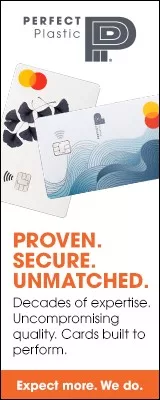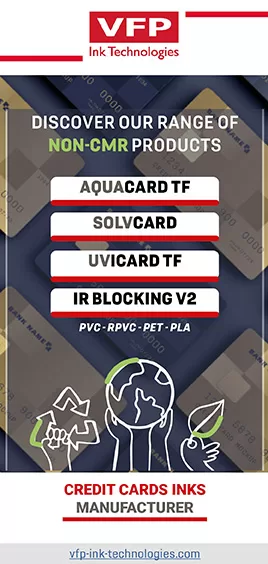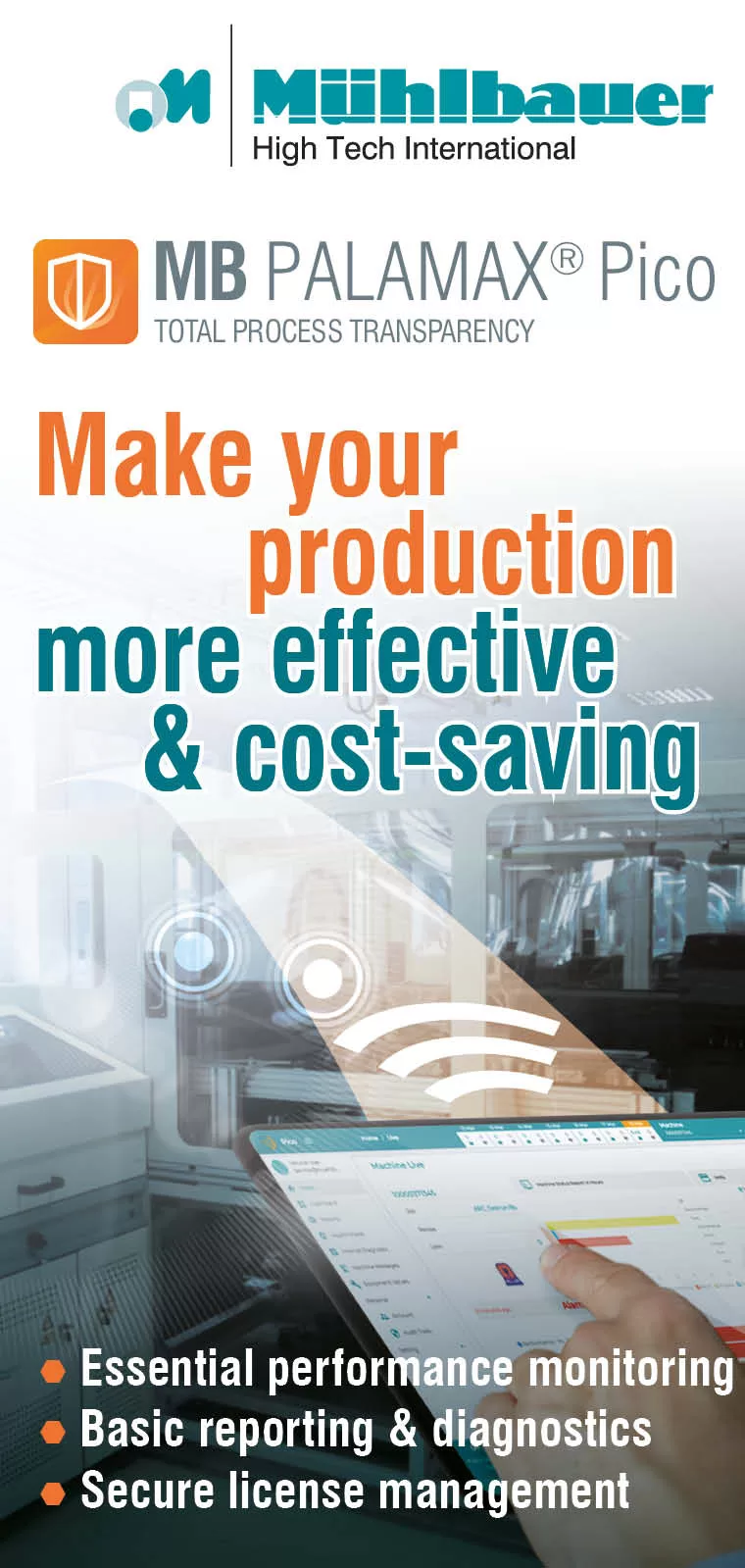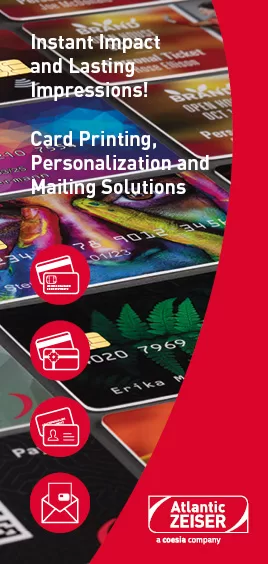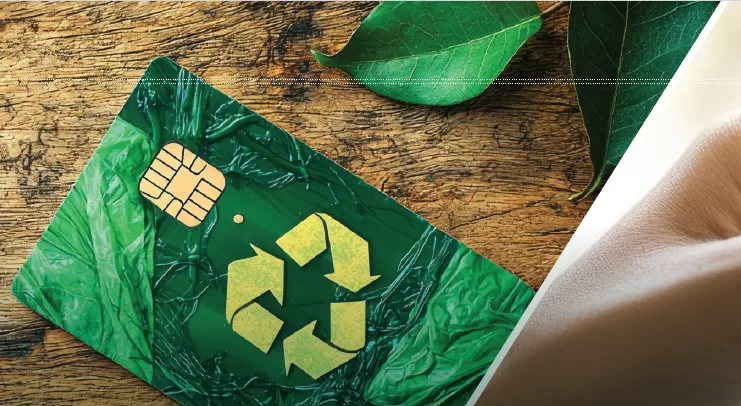
by Jennifer Kohlhepp | CM Magazine Featured
Revolution in Durable and Sustainable Cards
By Seth Brewer, Global Director Product Line Management, Klöckner Pentaplast
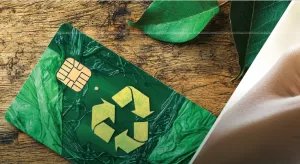
Over the past few decades, gift cards have grown in popularity among busy consumers seeking convenience and flexibility. But what are the underlying costs to our natural resources and to consumers? First, let’s outline the types of gift cards and some of the benefits and drawbacks of each. Currently, the primary categories include e-gift cards, plastic gift cards and paper gift cards.
E-Gifting
While physical gift cards remain the most popular choice, e-gifting is considered the fastest growth category. This growth is fueled by greater access to the internet, emails, mobile phones and digital wallets. According to Investopedia, “These card types make it convenient for customers to pay for their drinks and meals using an app, or an in-establishment card reader over the phone, to speed up the checkout process… You can also store codes for digital gift cards inside a mobile wallet app, such as Apple Pay or PayPal’s Venmo.”
While e-gift cards are considered far more eco-friendly, they do come with their own set of drawbacks. Security, particularly account hacking and scamming remain significant concerns. Another issue for this category is the perceived impersonality in which the recipient may look at the gift as not very thoughtful or personal compared to a physical one.
Another challenge: 71% of gift card owners hang onto their gift for over a year. Digital wallets and email storage are easy places to forget about. Moreover, some cards could include expiration dates or penalties for lack of use (even if years out) in fine print, which contribute to the leading cause of gift card lost funds at 29%.
Paper Gift Cards
Thought to be a more sustainable alternative to plastic cards, paper gift cards are also experiencing rapid growth in the gift card sector. You can see these, along with plastic cards, on the end caps of most major retailers across the globe. These cards come with many benefits including being lightweight, biodegradable and recyclable as well as aligning with consumer preferences (90% of gift givers consider a physical gift card an acceptable gift). Additionally, paper cards exhibit up to 65% lower CO2 footprint compared to their plastic counterpart made from virgin materials.
On the flip said, paper gift cards also have drawbacks. While paper cards fit nicely in a wallet or purse, they can be easily bent and damaged from repetitive handling. If left in a pant pocket, for example, a paper gift card can be destroyed in a single wash cycle, rendering it unusable. Certainly, if the card will only be used once or twice in a short timeframe, perhaps this solution makes sense for some.
On the sustainability front, even though paperboard can be made from recycled fibers or sustainably farmed trees, it has a limited number of times it can be recycled. Additionally, tree farming contributes to deforestation. Even when planting occurs on a one-to-one basis, it still consumes precious natural resources that we count on to reduce CO2 and aide in reversing global warming.
Then we come to the most important natural resource of all: water. Re Viviana with Responsible Water Scientists published a 2019 report that stated approximately 324 liters of water are used to produce 1 Kg of paper, which is almost twice the water footprint of plastic. A more recent study found one A4 size sheet of paper consumes nearly 10 liters of freshwater. Focusing solely on paper or digital solutions as “sustainable” can be misleading. A truly responsible approach must consider the full lifespan, durability and usability of a product.
Consider this: How much value is lost each year from damaged or lost cards? According to CBS News in 2023, the average adult had $187 of lost, unspent or expired gift card value. In the United States alone, that translates to more than $21 billion in unspent gift card value—a figure increasing year-over-year due to misplaced, lost, damaged or forgotten cards. Why should consumers be ok with just ignoring or losing these funds? Retailers are capitalizing on this “spoilage,” and it results in a pure revenue gain for them at the cost of the consumer.
Pioneering a Solution
As a leading global producer of plastics, participating in both secure and non-secure cards, Klöckner Pentaplast is at the forefront of addressing this challenge. For decades, the company has pioneered roads in sustainable resin sourcing, partnered with global recyclers, established zero landfill sites across Europe and North America and implemented robust buy-back programs with customers to offer practical solutions for gift card durability, environmental impact and ease of use.
Introducing SecondLife®:
Imagine a gift card that withstands daily wear and tear in a wallet or purse—one that won’t bend, break or disintegrate if washed. Now imagine it’s also 100% sustainable. That’s exactly what SecondLife® card films offer. Available in PVC or PET, these innovative card films are made entirely from 100% recycled plastics. They provide the durability and performance of plastic while significantly reducing environmental impact.
SecondLife® films can be equipped with standard features such as magnetic stripes, scratch panels, bar codes and signature panels. They may also be customized with embossing, foil stamping and laminated and come in a variety of colors to ensure brands can maintain their identity while being committed to eco-friendly practices.
“The market response to our SecondLife® card films has been incredibly positive,” shares Kemp Wall, an ICMA member and director of sales for the Americas at Klöckner Pentaplast. “It’s functionality, printability and sustainability attributes demonstrate that gift cards don’t need to be digital or made of paper where they can be damaged or forgotten about.”
Since launching its SecondLife® line, Klöckner Pentaplast has increased recycled content from 25% to 100%, resulting in less material to the landfills and a 65% reduction in CO2 over virgin plastics. With the company’s buy-back program coupled with recycling partners, these cards are not only recycled but they are recyclable.
A Commitment to Sustainability
SecondLife® films are manufactured using third-party SCS Certified processes and raw materials, providing additional reassurance for environmentally conscious consumers. Recent studies indicate that more than 70% of consumers are willing to abandon brands that do not adhere to sustainable practices. By adopting the SecondLife® card films, retailers can enhance customer loyalty while aligning with an emerging market trend focused on sustainability.
As businesses face increasing pressure to adopt eco-friendly practices, offering gift cards that embody sustainable principles is a strategic move. SecondLife® card films meet a wide range of branding requirements across various industries, enabling retailers to enrich their offerings and exceed modern consumer expectations.
Driving the Future of Sustainable Commerce
With SecondLife® films, Klöckner Pentaplast is proving that logic, durability and eco-friendliness can coexist. Retailers and manufacturers embracing this innovative material will reduce their environmental footprint while fostering deeper connections with sustainability-conscious consumers.
Sources:
Gift Cards: How They Work, Pros, and Cons
Americans have a collective $21 billion in unspent gift cards | CNN Business
Gift Card Statistics (2024): Market Size & Consumer Trends
www.custommarketinsights.com/report/paper-card-gift-market
The water footprint of paper | RWSci
About the Lead Author: Seth Brewer is the Global Director of Product Line Management at Klöckner Pentaplast. With more than 20 years of experience in manufacturing, operations, process engineering and product management with companies such as Milliken Chemical and Mohawk Industries prior to joining Klöckner Pentaplast, Brewer has a bachelor’s degree chemical engineering from Virginia Polytechnic Institute.

